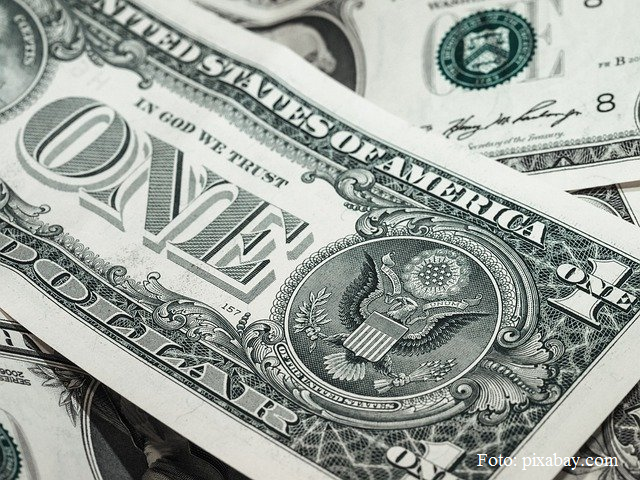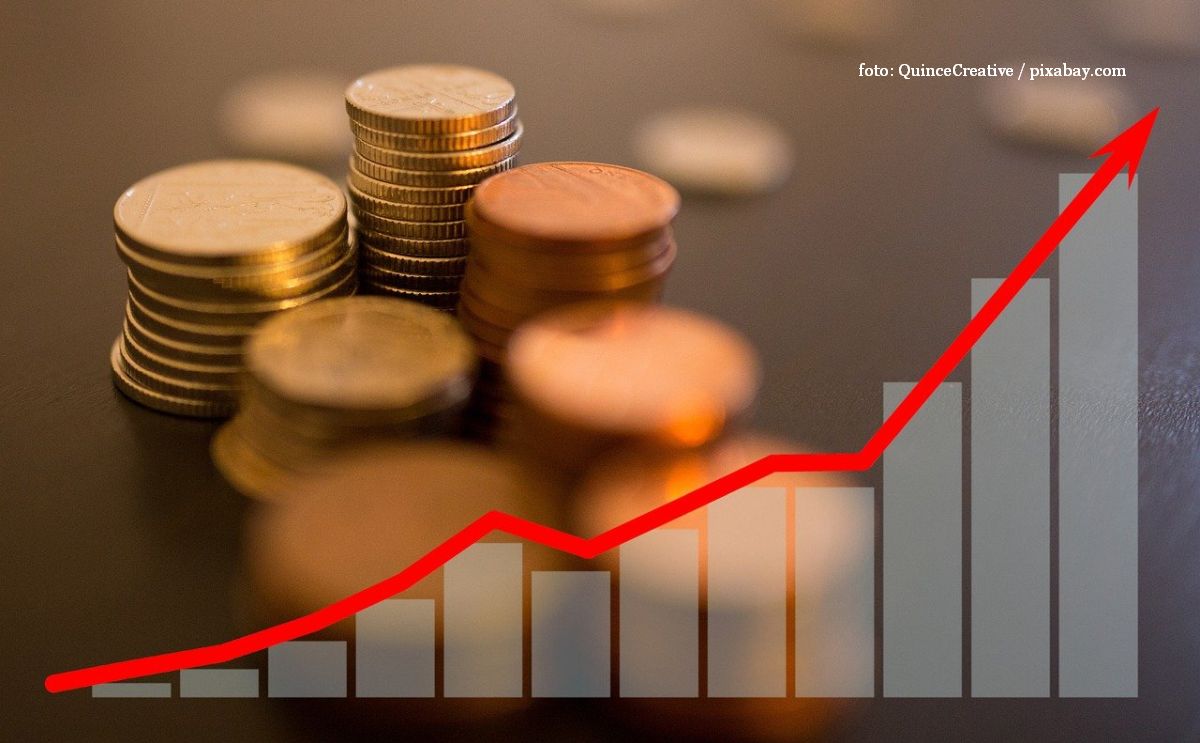The effects of the dollar’s appreciation
The leu-dollar exchange rate reaches all-time high, passing 5 lei on Thursday.

Mihai Pelin, 23.09.2022, 14:00
The US dollar reached an all-time high against the
Romanian leu, passing 5 lei on Thursday and outperforming the euro, which was
officially 4.94 lei. The exchange rate published by the National Bank of
Romania is an indicator of many factors, from the international political
context to the level of trust in international markets. It must be noted,
however, that the central bank in Bucharest calculates the dollar-leu exchange
rate based on the dollar’s international exchange rates against the euro,
which, like other currencies, has also been depreciating against the US dollar,
with investors fearing that the European Union’s economy may suffer from the
consequences of the war in Ukraine. The turbulence on the hard currency market has
further increased after the Russian president Vladimir Putin ordered a partial
call-up of reservists, which paves the way for a major escalation of the
conflict. The war has entered its seventh month, and Russia is losing ground on
the battlefield.
Traditionally, in times of big economic crisis the US
dollar is the preferred currency of investors, who have more faith in the
resilience of the United States’ economy. Moreover, the Federal Reserve, the
central bank of the United States, has been raising the interest rate at a more
intense pace than the Central European Bank in its fight against the inflation
rate, which has reached alarmingly high levels. The dollar’s passing the 5-lei
exchange rate brings an unhoped for gain for people who keep their savings in
dollars and for companies exporting to the US and other countries that use the
dollar in transactions.
On the other hand, the higher leu-dollar exchange rate
makes Romania’s imports in dollars more expensive, deepening the trade deficit
and the current account deficit and causing imported inflation. Companies with
loans in dollars are also affected by the appreciation of this currency. In
Romania, the effects will be felt especially in respect of imports of raw
materials, including oil, and will probably also be reflected at some point in
the price of fuel at filling stations, despite some slight price reductions
seen recently, especially for petrol, as a result of lower oil prices on
international markets.
There will also be more pressure on the price of
imports from a series of countries from outside the European Union, especially
the United States, including in the area of cars and electrical equipment.
Finally, travels and holidays to certain countries, including some of the Romanians’
preferred destinations, like Egypt and Turkey, will most likely become more
expensive. With respect to the macroeconomic indicators, the dollar’s
appreciation will be reflected in a rise in the cost of the state’s loans in
dollars and the share of the foreign debt in the Gross Domestic Product. (CM)






























